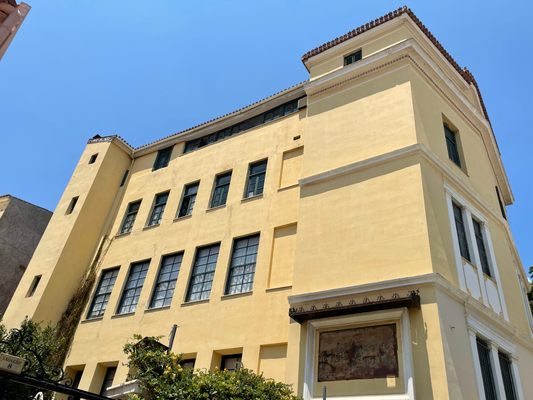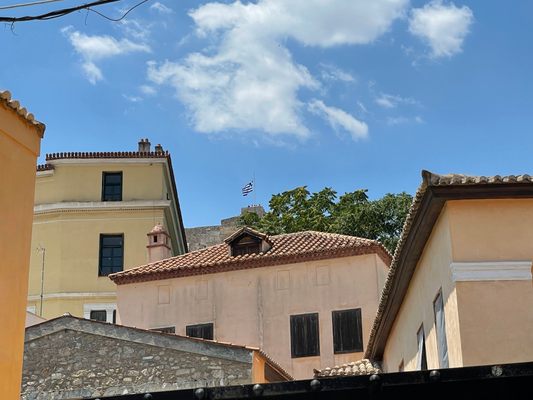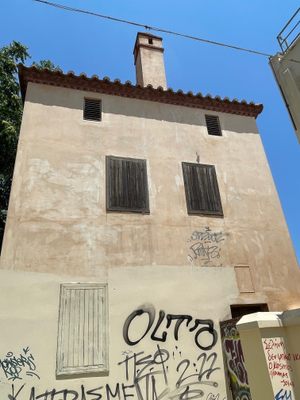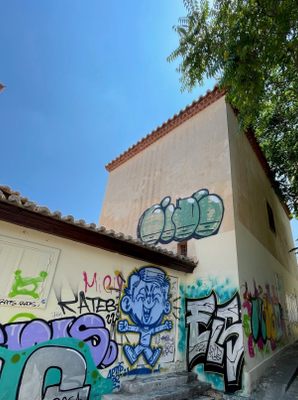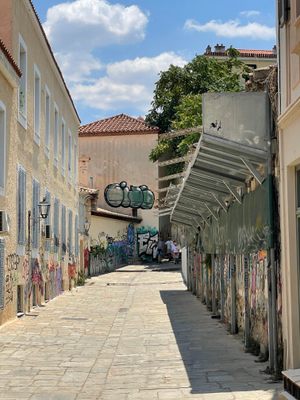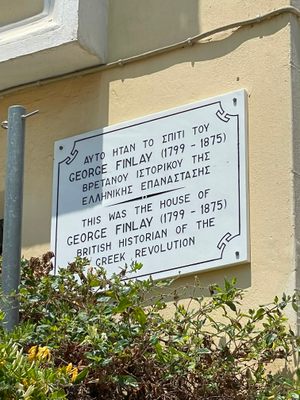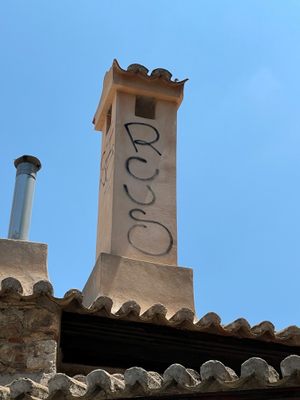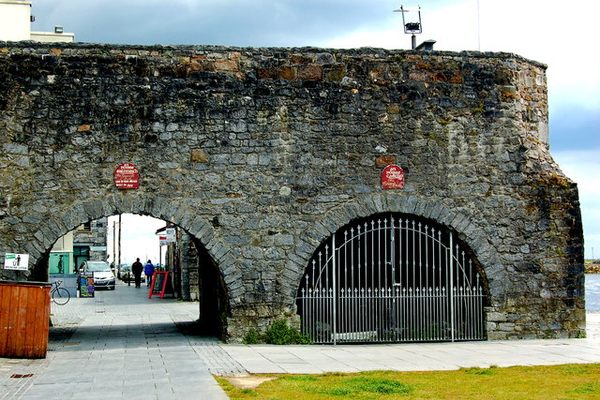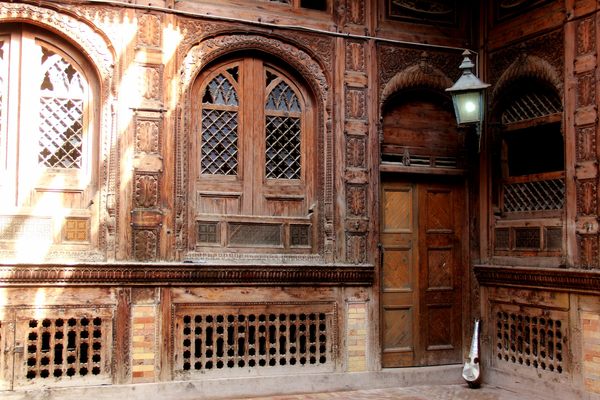About
The Tower of Sir Richard Church is one of the few Ottoman constructed buildings surviving in Athens, and the only one of its kind. When the Ottomans completed the siege of Athens in 1456, they respected many of the buildings and monuments. During the occupation they added infrastructure for a variety of purposes. One of these projects was a building constructed in the center of the Plaka area in the late 1700s for use as a Garrison.
The Garrison was built as a three-story tower and was unlike anything else in the area due to the unusually small windows and unique chimney, features of the Ottoman style at the time. This large tower was designed to have sightlines over the smaller, single-story houses that surrounded it. Upon winning their independence in 1833) he Greeks demolished most Ottoman constructed buildings as they didn’t want reminders of the 400 years of their miserable occupation.
Before the tower and other buildings on the property could be demolished, they were purchased in 1835 by Scottish historian George Finlay (Finlay also purchased properties on nearby Kekropos Street). Finlay was among many of the Philhellenes who had once fought for Greek Independence that remained in the new state. Another Philhellene who remained in Greece was Sir Richard Church, an Irishman who fought the Ottomans alongside Finlay and the Greeks.
Sir Richard Church was a career soldier, born into a prominent Quaker family in 1784 in Cork, Ireland. At the age of sixteen he ran away from home and enlisted in the army. Upon finding him, instead of bringing him home his parents bought him a commission as an ensign in the 13th Somersetshire Light Infantry.
In 1800 he visited Greece for the first time and fell in love with the Greek people and culture. He then fought in the Egyptian campaign, during which he grew a strong hatred for the Ottomans. He then served in the 37th regiment in Malta in 1803 where he was promoted to Lieutenant. In 1806 he was promoted to Captain of the Corsican Rangers. Church was instrumental in the British capture of the Ionian Islands in 1809. He then quickly recruited a regiment of Greek infantry and provided military training to Greek military leadership including Theodoros Kolokotronis. He then fought alongside them, getting wounded during the Siege of Santa Maura when his arm was shattered by a bullet.
In 1815 the British government disbanded its Greek regiments. Church was then appointed British military liaison to the Austrian armies in Italy, fighting in the Italian campaigns. In 1817 he entered the service of King Ferdinand of Naples, and in 1820 he was appointed governor of Palermo. A revolution later that year resulted in him returning to England.
Church married Elizabeth Augusta, daughter of a British diplomat in 1826. In 1827 Church went to Athens to assist the Greeks in the War of Independence, believing their struggle was a holy war. Elizabeth joined him in Athens for several years but became seriously ill and returned permanently to England. Church was given command of the Greek army, but his successes were limited so he was charged with overseeing partisan warfare in western Greece. He achieved many successes in this role and became a significant difference maker in the war effort.
After the Greek War of Independence Church remained in Athens and became a Greek citizen. When Finlay learned Church was remaining in Athens he gifted him the tower portion of the property. Church retired from the Army, became involved in politics and played an important part in the revolution of 1843 by which Greece became a constitutional monarchy. He was appointed a Senator for life, and upon the start of the 1854 Greek revolt in Epirus he returned to service upon the request of King Otto as a General in the Greek Army.
Sir Richard Church lived in Greece for the remainder of his life, passing away in March of 1873. He has been described as the ‘Liege Lord of all true Philhellenes.’ King George IV of the United Kingdom conferred on him a Knight commandership of the Hanoverian order. He was honored with a Greek state funeral and was buried in the First Cemetery of Athens near other heroes of the War of Independence. The inscription on Church’s grave reads: ‘Richard Church General who having given himself and all that he had to rescue a Christian race from oppression and to make Greece a nation lived for her service and died amongst her people rests here in peace and faith.’
Despite recent interior renovations and being protected by the Greek state the tower is vacant and the exterior is covered in graffiti. The portion of the property that included the house of George Finlay was renovated and is a prime example of the transition from the Ottoman style to a more modern style. There are plaques on both buildings that indicate the important role they played in the Greek War of Independence.
Related Tags
Know Before You Go
The Tower of Sir Richard Church is closed. It is a protected building by the Greek state and any access inside is strictly prohibited. It must be admired from the outside. The house of George Finlay was recently renovated and is vacant. It is also restricted and it is unclear what plans (if any) there are for its long term use.
Community Contributors
Added By
Published
September 12, 2024
